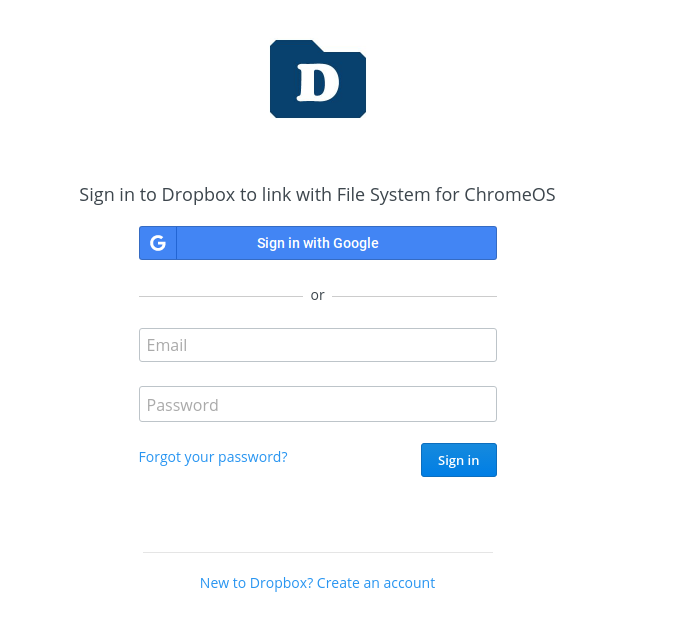How to add Dropbox or OneDrive to the Files App on Chrome OS
If you own a Chromebook, you’ll know that Google Drive is closely integrated with the File Manager on Chrome OS. All the files you have stored on Google Drive are available directly through the Files app, making it easy to move files to and from the cloud. But what if your main cloud storage service is not Google Drive? Fortunately, the Files app on Chrome OS also supports other cloud storage services like Dropbox and OneDrive.

For this tutorial, we’ll go through the steps for installing Dropbox, but you can install OneDrive by following almost the same process. I’ll point out any differences for OneDrive as we go.
Dropbox
The first step is to go to the Chrome Web Store and search for ‘File System for Dropbox’. If you want to set up OneDrive instead, search for ‘File System for OneDrive’.

- Click the ‘Add To Chrome’ button to install Dropbox on your Chromebook.
- Once the app is installed, you’ll find it in the App Drawer. You can open the App Drawer by pressing the unique ‘Search’ button on your Chromebook, or by clicking the circular icon first on the shelf. This search window will open, and Dropbox should appear as a newly installed app. (If you installed OneDrive, it will show up here as well.)

- If you don’t see the icon under the search bar right away, type ‘Dropbox’ or ‘OneDrive’ into the search field, and the icon should show up in your results.

- When you open the app, it will ask for your permission to connect (mount) your cloud storage account to your Chromebook.

- Click on ‘Mount’, and a login window will appear. Enter your account details and sign in.

- When asked, click ‘Allow’ to give the app access to your Dropbox files.

- After completing these steps, you should see your Dropbox folder listed in the left sidebar of your Files app.

If you installed OneDrive, your OneDrive files will appear in the Files app the same way.
All your cloud files, whether stored on OneDrive or Dropbox, will now be easy to access and transfer using your Chromebook’s built-in Files app.